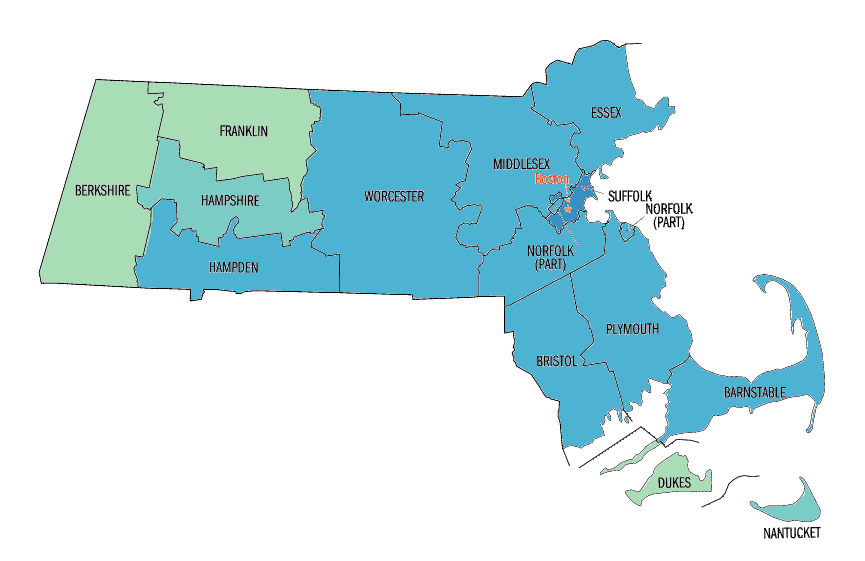
That was the beginning of the Kowloon that we are familiar with today thanks to Ian Lambot's striking images, documenting the final years of the city in his iconic book City of Darkness. These new materials allowed them to build upwards, which they were delighted to do. Far from dispersing, the inhabitants decided to use structural concrete and bricks. Around 2,500 huts or shacks that were home to 3,500 families burned to the ground. Then, in 1950, a fire wiped out a large number of wooden huts. The few administrations that once existed were long gone. In just a few years, the city doubled its population and built a complex of makeshift shacks. There was simply no room for order and the administrations were overwhelmed or had fled, leaving the inhabitants to fend for themselves.Ĭonditioned by the wars, during the 1940s, Kowloon became a lawless city, taking in anyone running from the Law. Institutional abandonment, which had been the general theme in Kowloon, reached its highest point during the war between China and Japan (Second Sino-Japanese War (1937-1945), and subsequently during the Second World War. An infrastructure that was about to be multiplied by one hundred, and not by the institutions. If in 1933 the local government demolished a large part of the buildings on the grounds of public disorder, by 1940, 2000 people were once again living in wooden shacks on the site, a reasonable number given the amount of land they were occupying and the scarce infrastructure in the area. With no room to grow outwards, Kowloon grew in Hong Kong the only way it could: upwards. There was no formal opposition to the British Empire in the area (although the resulting Chinese government did reclaim its jurisdiction over the city in 1933), but it did not establish regulations to reorganize the city. In 1912, while the Titanic was sinking in the Atlantic, the Qing Dynasty (1644 to 1912), ruled Hong Kong and the rest of China. Regarding the urban design, Pedro Torrijos, author of the book 'Unlikely Territories' (2021), defined it as "a marvelous exercise of abandonment of responsibility." At the time, the small walled community of Kowloon was home to just 700 people, which dropped to 150 just one year later due to local riots. In 1898, the British Empire expanded its colony to include the region of the Kowloon complex and established a military outpost within the grounds. And subsequent dynasties did the same thing. This small trading post enabled the Song to consolidate their power in the region. During the Roman Empire, salt, a term which the word 'salary' stems from, was one of the most relevant materials of the time. The construction of Kowloon dates back to the Song dynasty (960-1279), a period characterized by the salt trade in the region. The fact that the Chinese Empire did very little to regulate constructions in the area, and that the British Empire almost completely abandoned any prior laws that were in place, or that the Japanese Empire scared off all the authorities when Japan occupied during WWII, did little to help the irrational growth of Kowloon. However, there were not millions of inhabitants in Kowloon, but rather "just" 50,000 people squeezed into 0.26 square kilometers. To put this into context, Tokyo, the most densely populated city on Earth, has around 6,373 inhabitants per square kilometer.


It's $6,553 in NYC.An icon of improvised urban planning even before it was demolished, the Walled City of Kowloon in Hong Kong, was famous for being the most densely populated place on Earth, with approximately 1,255,000 inhabitants per square kilometer in 1987. The average monthly rent for a 120 square meter apartment in London is $6,856, according to TransferWise. It costs $34,531 per square meter to buy in London. According to Global Property Guide, London ranks number two (Monaco is number one) in terms of the world's most expensive cities to rent and buy. Housing is also more expensive in London. New York City wins because it's the less expensive city for both inhabitants and tourists.

Last year, the Independent reported that the Economist Intelligence Unit's 2014 Worldwide Cost of Living survey ranked London the 15th most expensive city in the world to live in NYC on the other hand, was ranked 26th. London came in first with a total cost of $484, whereas NYC came in third place with a cost of $466. The Daily Mail reported that London is the most expensive city in the world for tourists, according to a TripAdvisor study that compared the cost of a meal for two with wine, along with cocktails, two short taxi rides, and a one-night stay in a four-star hotel. Account icon An icon in the shape of a person's head and shoulders.


 0 kommentar(er)
0 kommentar(er)
